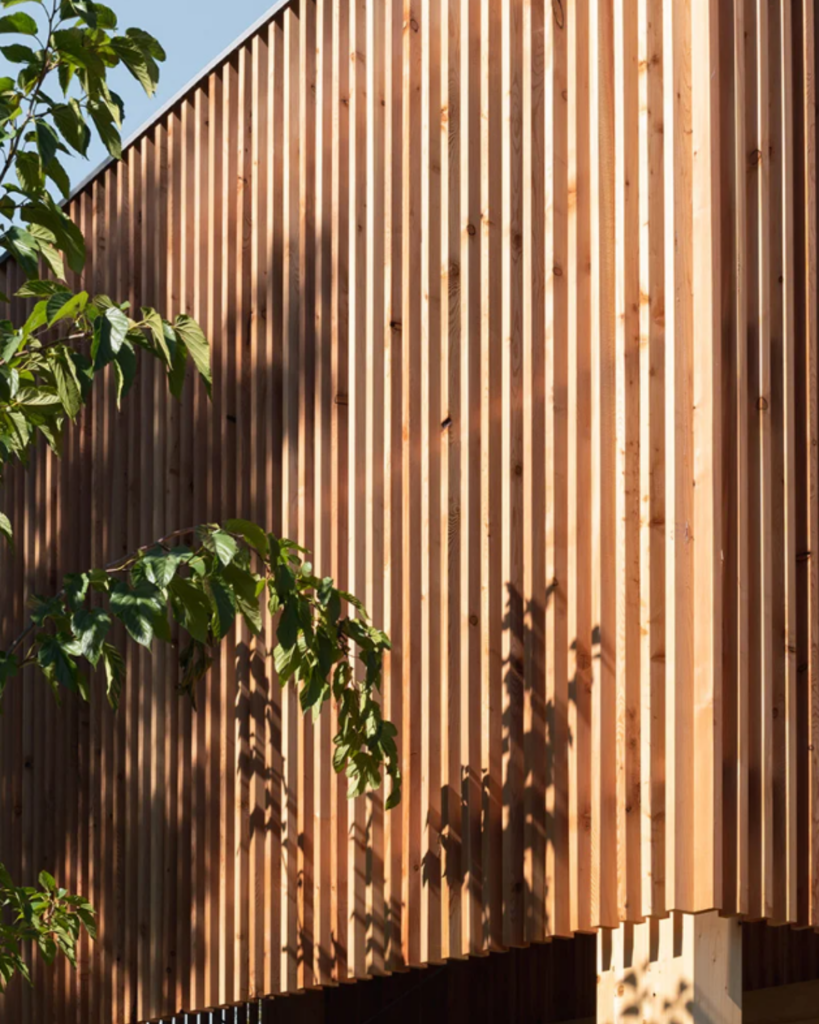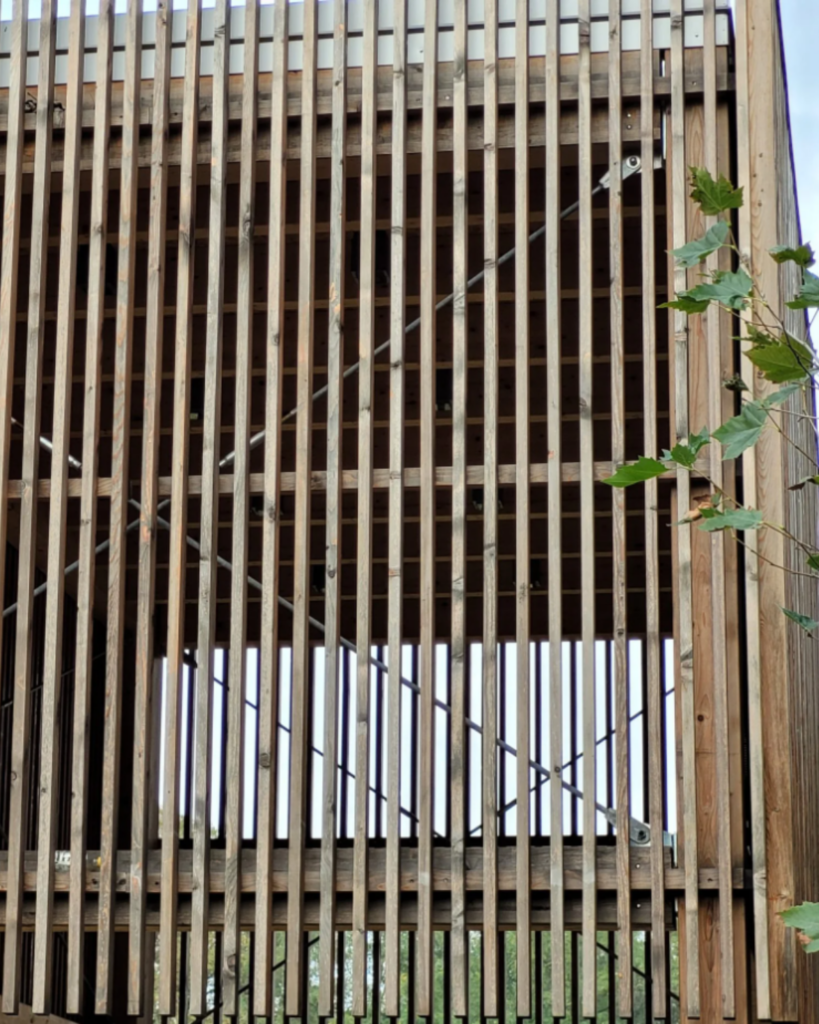Durability in timber refers to its ability to maintain its mechanical properties and resist decay over time. Timber is a naturally durable material, but its performance can be severely compromised when exposed to water stagnation combined with oxygen, which accelerates the degradation process. Contrary to common belief, moisture alone is not the main issue; rather, it’s the presence of stagnant water that creates an ideal environment for decay and loss of strength.
From day one, designers must prioritize durability by focusing on detailed designs that prevent water accumulation and ensure proper ventilation. The first step in ensuring long-lasting timber structures is precise detailing that addresses critical factors such as water drainage, protection from water ingress, and allowing for sufficient air circulation to avoid stagnation.
Key design strategies to enhance timber durability include:
– Preventing water stagnation by designing sloped surfaces and efficient drainage systems.
– Ensuring proper air circulation around timber elements to reduce decay risks.
– Protecting timber from prolonged exposure to water, especially at joints and connections.
While chemical treatments can offer additional protection, the foundation of durability lies in a well-considered design that effectively manages water and airflow.
A great example of how we focused on the durability of a structure is The Shelter, where we allowed passage of air and water thanks to well-calculated gaps and cuts.
 The timber cladding in 2021
The timber cladding in 2021 The timber cladding in 2023
The timber cladding in 2023